Search for SIDA+SP.+(MURRAY+SPRINGS+R.W.JOHNSON +MRS919) returned 5,698 results.
Refine results
Refine results
Section
- Locality (4,733)
- Species (341)
- Region (249)
- Common Name (222)
- Biodiversity Science project (72)
- Site Page (30)
- Data provider (27)
- Data resource (13)
- Institution (7)
- Support article (3)
- Collection (1)
Image available
- Yes (220)
Taxonomic status
- Accepted (182)
- Synonym (63)
- Heteroptypic Synonym (49)
- unreviewed (25)
- Homotypic Synonym (12)
- Miscellaneous Literature (3)
- Pro-parte Synonym (3)
- unreviewedSynonym (2)
- Excluded (1)
Conservation status in Australia
- Endangered (7)
- Critically Endangered (2)
- Vulnerable (2)
- Extinct (1)
Conservation status in ACT
- Endangered (2)
- Vulnerable (1)
Conservation status in NSW
- Endangered (2)
Conservation status in QLD
- Endangered (1)
Conservation status in VIC
- Endangered (6)
- Critically Endangered (2)
- Vulnerable (2)
- Extinct (1)
- Threatened (1)
Conservation status in TAS
- Endangered (1)
Conservation status in SA
- Rare (3)
Conservation status in WA
Conservation status in NT
- Endangered (1)
- Vulnerable (1)
-
Biodiversity Science project: Salamander Crossing Brigades
As the earth thaws and spring rains drench New Hampshire, thousands of amphibians make their way to vernal pools to breed. Many are killed when their journeys take them across busy roads. Each spring, the citizen science arm of the Harris Center for Conservation Education (www.aveo.org) trains volunteers to serve on Salamander Crossing Brigades at amphibian road crossings throughout the Monadnock Region of southwestern New Hampshire...

-
Biodiversity Science project: Horseshoe Crab Spawning Survey
Since 1990, surveys have been conducted of horseshoe crabs spawning in Delaware Bay. Data collected by volunteers during these surveys is key for scientists in monitoring changes in numbers of spawning crabs in the Bay. Each spring during the new and full moon evening high tides in May and June, volunteers donate their time to count crabs on key beaches in Delaware and in New Jersey...
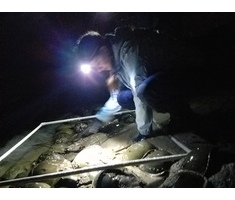
-
Biodiversity Science project: North West Goldfields Intermittent Soak Community Monitoring Programme
The North-West Goldfields Intermittent Soaks are a dependent ecosystems, which rely on the availability of a reliable supply of water, including the seasonal discharge of shallow groundwater on the boundaries of steep granitic and metamorphic ranges. When these occasional soaks run (approximately 2 – 3 years out of every ten), they become ephemeral wetland habitats which support unique vegetation communities. The species are often rare and endemic to the area...
-
Biodiversity Science project: Free Milkweed for Schools and NonProfits
If your school or non-profit educational organization is interested in this conservation measure, we can help you create a habitat for monarchs and pollinators. Please apply using this form: biosurvey.ku...
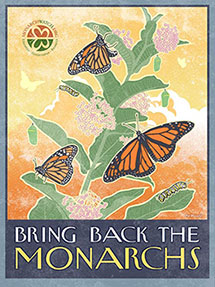
-
Biodiversity Science project: Yreka Creek Citizen Monitoring Project
Klamath Riverkeeper is excited to bring citizen monitoring to the Shasta watershed in 2010 with our first citizen water quality monitoring initiative. We’ll start by training citizens to collect water quality data at points on Yreka Creek and the Shasta River this spring & summer...
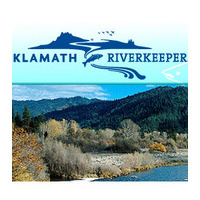
-
Biodiversity Science project: Thirsty for Birds - Thursday's-in-May Birding Event
It’s Spring and time for songbird migration! Join Seth Benz, Bird Ecology Program Director, as he offers tips on birding by sight and sound. This birding event will meet every Thursday in May in Winter Harbor at Frazer Point, Acadia National Park at 7:15 AM and conclude at 10 AM. Due to limited space, registration is required. First come, first served. Registration fee: $20 per trip. Register for all 4 = $65 (a $15 saving).
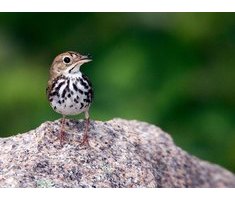
-
Biodiversity Science project: Thirsty for Birds? Thursdays-in-May Bird Event
It’s Spring and time for songbird migration! Join Seth Benz, Bird Ecology Program Director, as he offers tips on birding by sight and sound. This birding event will meet at Frazer Point, Acadia National Park at 7:15 AM and conclude at 10 AM. Due to limited space, registration is required. First come, first served. Registration fee: $20 per trip. Register for all 4 = $65 (a $15 saving).

-
Biodiversity Science project: The Trout Lily Project
American trout lily (Erythronium americanum) exhibits striking variation in anther color, from deep brick red to bright lemon yellow. By submitting your observations to this project, you can help us learn why and how anther color varies, and improve our understanding of this charismatic member of the Eastern North America spring forest. Please start by visiting troutlilysurvey.wordpress.com to learn more.
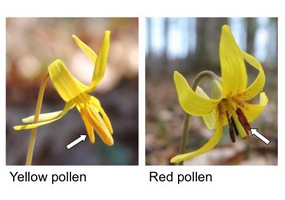
-
Biodiversity Science project: Turtle Observer Program
The western pond turtle, Actinemys marmorata, is a federally listed vulnerable species. These are the only fresh water turtles native to California, and they can be found around Phoenix, Lagunitas, and Alpine Lakes in the Mt. Tamalpais Watershed. MMWD has enlisted the help of volunteers to protect this vulnerable animal by monitoring habitat conditions, recording their behavior, and educating the public during the spring when they are most vulnerable...
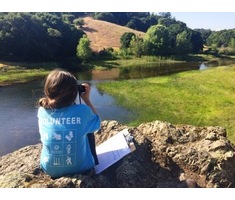
-
Biodiversity Science project: Nature's Calendar Survey
Nature's Calendar is a survey conducted by thousands of volunteers who record the signs of the seasons in the United Kingdom. This could mean noting the first ladybird or swallow seen in your garden in spring, or the first blackberry in your local wood in autumn. If you live in the UK, you don’t have to be an expert to take part, and lots of help is given, including a recording guide which is available to download for free...
